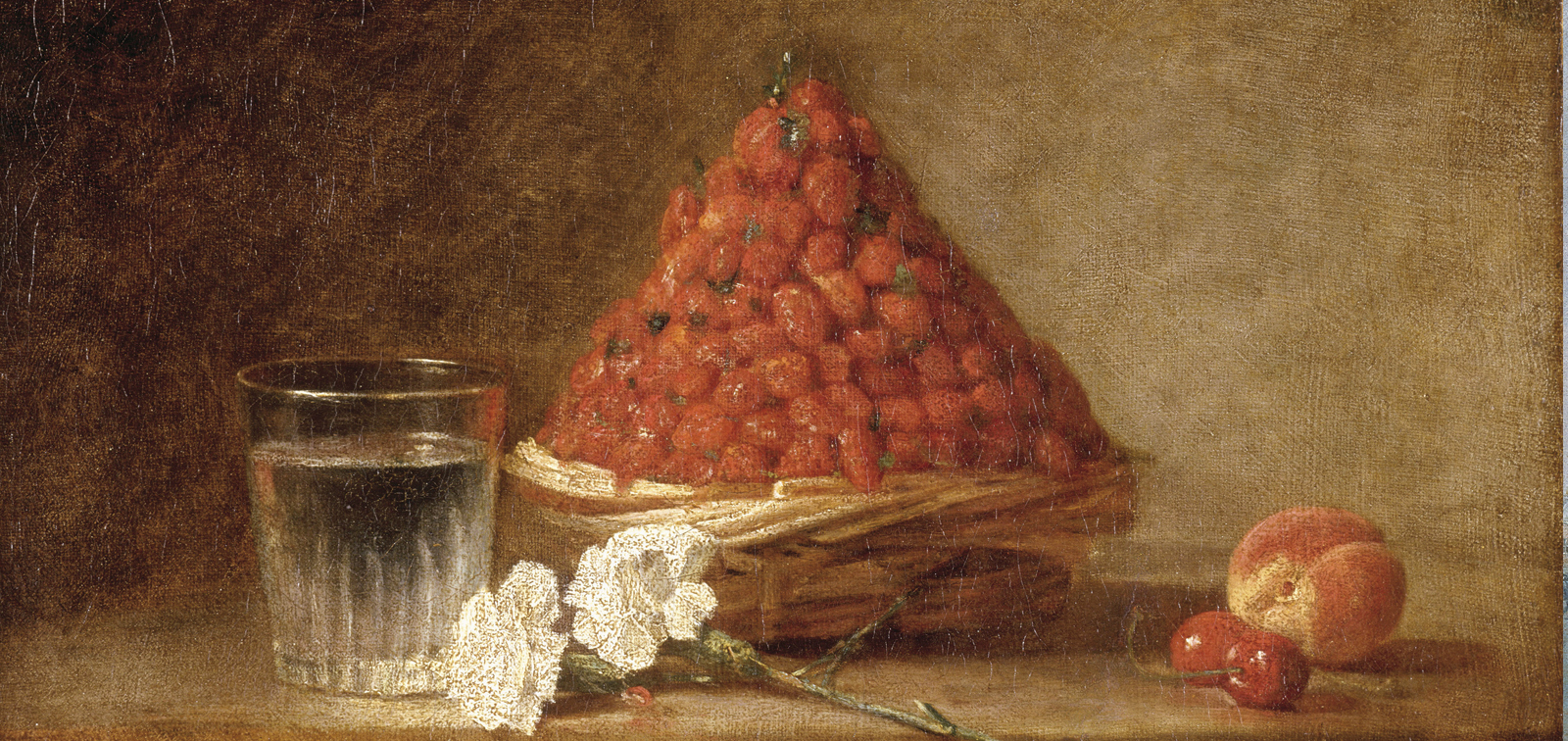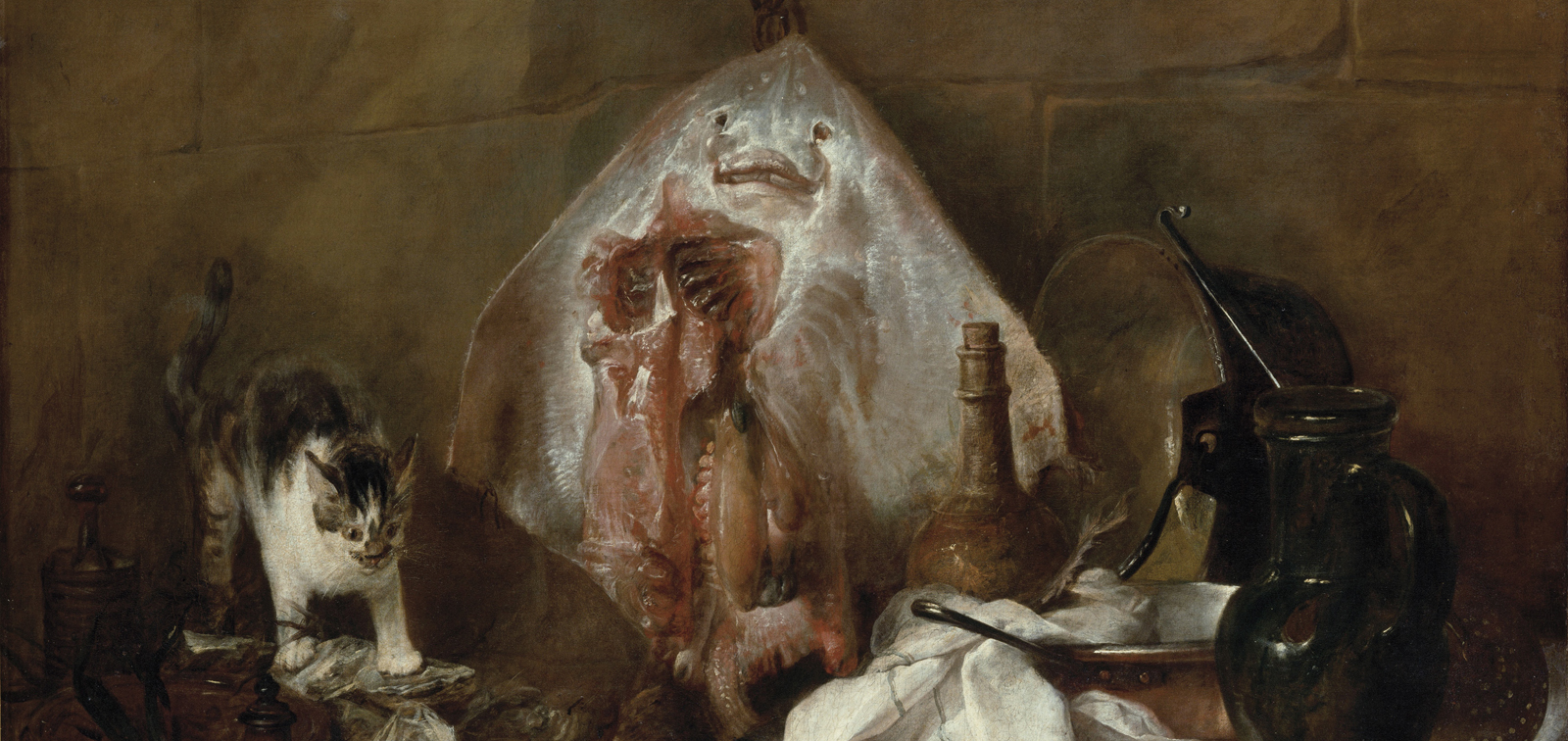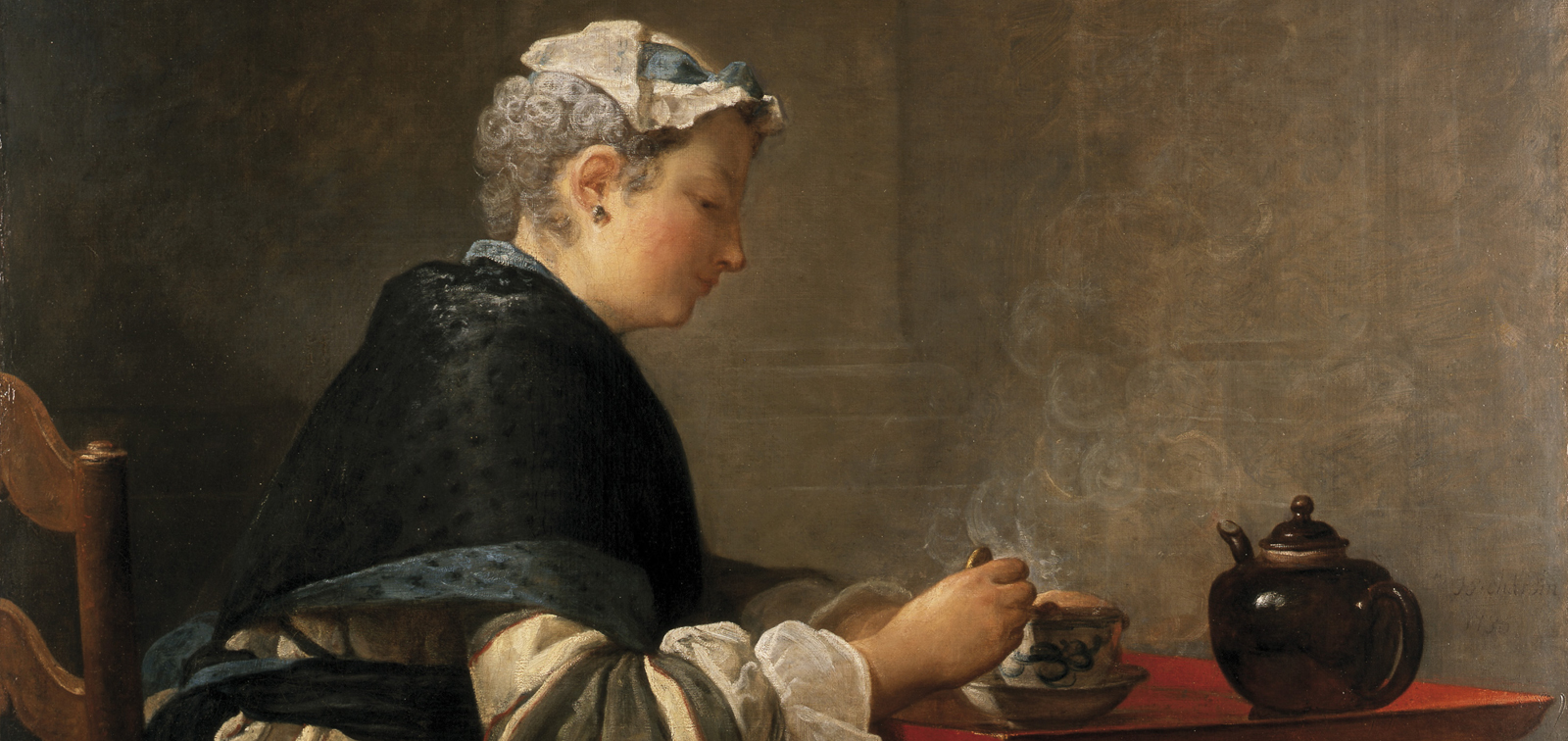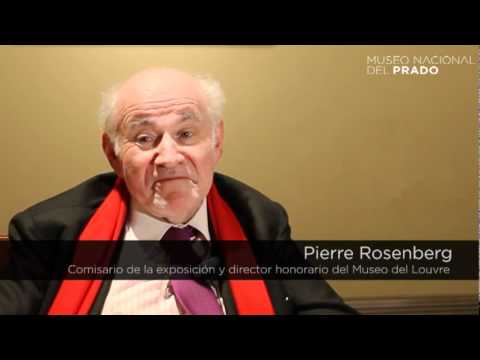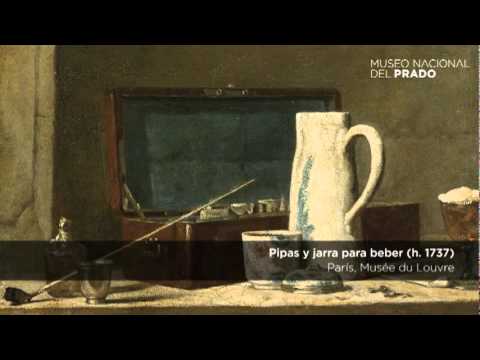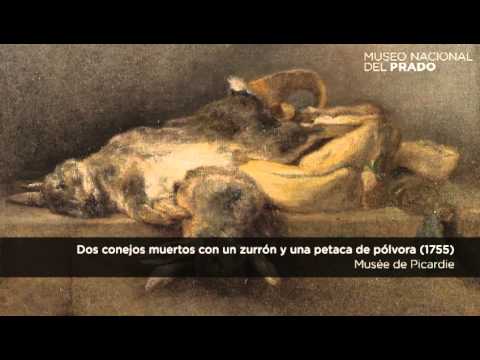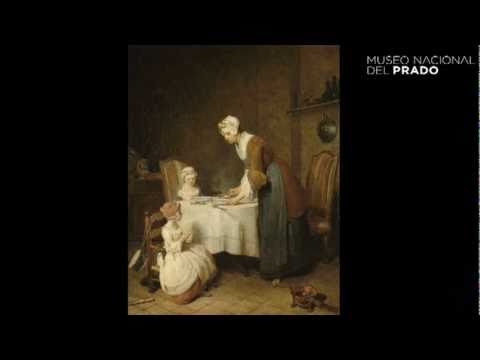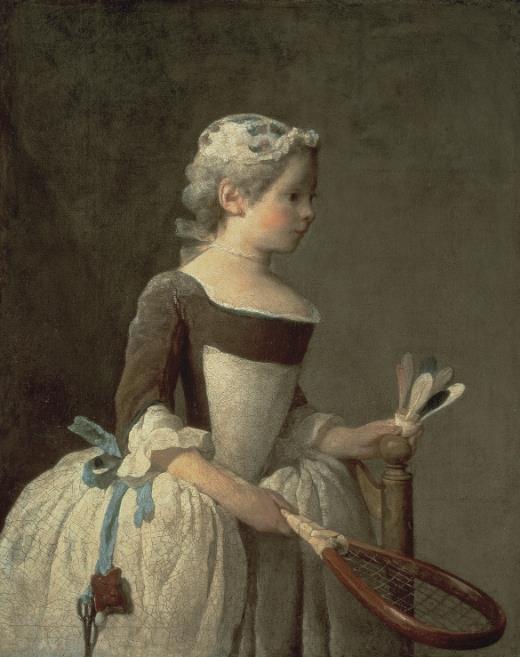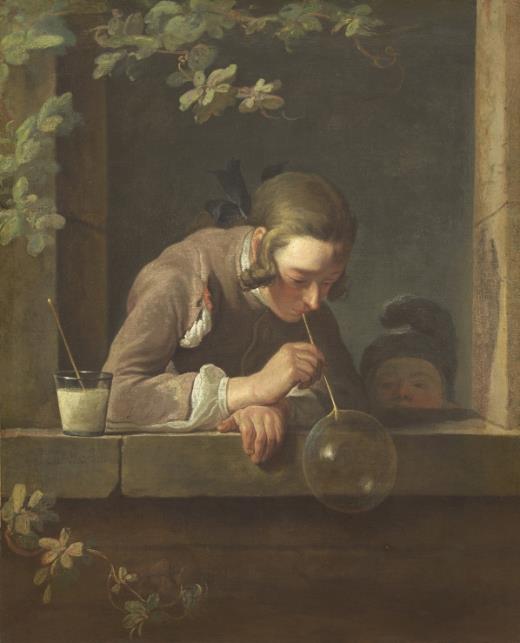1699
Jean Siméon Chardin, son of a skilled cabinetmaker, is born in Paris.
1719
The Royal Academy of Painting and Sculpture awards him a second-class medal for drawing. He continues his training at the Academy, a fact which contradicts the image of Chardin as a completely self-taught artist.
1724
He joins the Academy of Saint Luke as a master painter after a spell in the workshops of two history painters, Pierre-Jacques Cazes (1676-1754) and Noël-Nicolas Coypel (1690-1734).
1728
Chardin shows several paintings at the Exposition de la Jeunesse in the Place Dauphine in Paris, among them two ambitious works: The Skate (no. 1) and The Buffet.
In September, at the age of twenty-nine, he is elected to the Royal Academy of Painting and Sculpture as a painter specialised in "animals and fruit".
1731
He marries Marguerite Saintard, daughter of a wealthy Paris merchant, to whom he had been engaged since 1723. Their eldest child Jean-Pierre Chardin, who was later to become a painter, is baptised in November. Chardin collaborates in restoring the frescoes of the gallery of François I at Fontainebleau, alongside Jean-Baptiste Van Loo (1684-1745).
1733
Likely date of his first paintings featuring human figures.
1735
His wife Marguerite Saintard dies, followed shortly afterwards, in 1736 or 1737, by his beloved daughter Marguerite-Agnès, born in 1733.
1737
He shows seven genre scenes, among them Girl with a Shuttlecock (no. 34), at the Salon of the Louvre. Although he regularly takes part in the Salon from this date, he often exhibits paintings executed several years earlier.
1738
Appearance of the first prints of Chardin’s paintings by Charles-Nicholas Cochin senior (1688-1754), his regular engraver: Young Soldier and Girl with Cherries. Between 1738 and 1775 forty-five of his works are published as prints, helping spread knowledge of his painting and bringing him a considerable income. In August he shows nine paintings at the Salon.
1740
The Superintendent of the Royal Buildings, Philibert Orry (1689-1747), presents Chardin to Louis XV. The artist gives the King The Diligent Mother and Grace before Meals (nos. 44 and 45).
1741
Chardin shows only two pictures at the Salon; one of them, Morning Toilette, belongs to Count Carl Gustav Tessin (1695-1770), the Swedish special ambassador in Paris.
Mehemet Effendi, special ambassador of the Sultan, visits his studio.
1744
He marries 37-year-old Françoise-Marie Pouget, the widow of Charles de Malnoé, a former king’s musketeer. Through his second marriage the painter joins the circles of the Parisian bourgeoisie.
1748
He returns to still life, a genre he has hardly cultivated since 1733. During the following years he exhibits progressively fewer genre scenes and more still lifes at the Salon.
1752
The King grants him a pension of 500 livres.
1753
Chardin exhibits nine paintings in the Salon, among them Dead Hare with Shotgun, Game Bag and Powder Flask (no. 10).
1755
In March he is unanimously elected Treasurer of the Academy and in August he is appointed to direct the installation of the Salon, where he himself shows two works.
1757
27 May: The King assigns him living quarters in the Louvre. His son Jean-Pierre Chardin receives his diploma granting him a scholarship at the French Academy in Rome.
1759
He takes part in the Salon showing nine paintings. This is the first Salon to be reviewed by the French philosopher and critic, Denis Diderot (1713-1784), who becomes one of the greatest enthusiasts of Chardin’s work.
1760
Louisa Ulrika, Queen of Sweden, sends him a medal in gratitude for the prints he has dedicated to her: Drawing Class and Good Education. Maurice-Quentin de La Tour (1704-1788) produces a pastel portrait of Chardin (Paris, Louvre) and exhibits it at the following year’s Salon.
1762
The Academy sends Chardin and the sculptor Guillaume Coustou to visit the sculptor Jean-Baptiste Pigalle, who is seriously ill. Pigalle himself was a great admirer of the painter and owned six works by him.
English corsairs kidnap Jean-Pierre Chardin off the coast of Genoa when he was returning to France.
1764
At the recommendation of Charles-Nicholas Cochin junior (1715-1790), secretary of the Academy, Chardin is commissioned to execute three over-door paintings for Choisy castle: Attributes of the Arts, Attributes of Music and Attributes of the Sciences (the latter is lost).
1766
Catherine II of Russia (1729-1796) commissions an over-door painting, Attributes of the Arts, for the Saint Petersburg Academy of Fine Arts.
1767
His son Jean-Pierre Chardin arrives in Venice as part of the retinue of the ambassador of France to the Venetian Republic.
1771
Chardin surprises visitors to the Salon by showing his first pastels, three studies of heads including a Self-Portrait. He employs this new technique for reasons of health. His eyesight is affected by the pigments and binders used in oil paint.
1772
His son Jean-Pierre drowns in a canal in Venice. It appears to be suicide. His works have yet to be studied.
1774
Chardin resigns from the post of Treasurer of the Academy. He donates to the Academy his pastel portrait by La Tour.
1775
He participates in the Salon with three studies of heads in pastels, one of which is a Self-Portrait and the other the Portrait of Madame Chardin.
1778
Chardin and others are entrusted with the arrangement of the Academy’s library.
1779
Chardin takes part in his last Salon, showing several pastel head studies. Madame Victoire, Louis XV’s daughter, admires one of them and sends the artist a gold casket. Chardin dies at the age of 80 in his apartment in the Louvre on 6 December.

